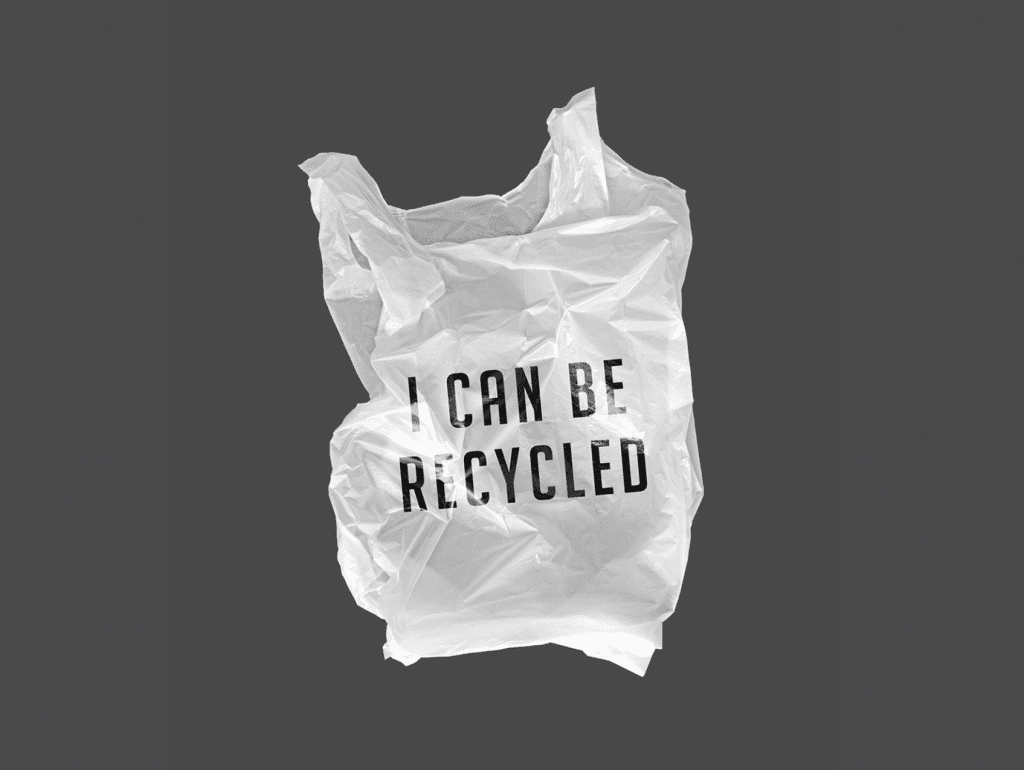
Today the world is far more developed and technologically advanced. Increased population and industrialization have prompted the creation of mountains of solid waste, all of which need to be discarded somewhere. Throwing solid waste such as plastic, tires, non-organic substances, etc. has increased water pollution and has also disturbed the lives of aquatic organisms. The present study seeks to examine the environmental impact of throwing solid waste into wetlands and also covers the socio-legal aspect of this topic. It will be dealing with the definition of solid waste, environmental and health impacts of unmanaged solid waste, and the preventive measures related to it.
Solid Waste Disposal in Wetlands
Despite having environmental rules and regulations that have been implemented with the aim to protect the environment from various factors like pollution, the quality of rivers, lakes, ponds, streams, wetlands often deteriorates due to excessive dumping of trash, garbage which is known as solid waste. Surface water gathers in low-lying regions, whatever is dropped or blown into a watershed can ultimately come to a drainage way. In metropolitan regions, junk and litter frequently are moved by stormwater overflow. In both metropolitan and rural regions, such manner of trash is oftentimes illegally dumped into a waterbody, wetland, kept along riverbanks or lakeshores. Garbage may also come from individuals who fish or take an interest in different types of water-related activities, all causing water pollution.
Unexpectedly, in certain conditions, some disposed of things (e.g., tires, plastic holders, and nonorganic development flotsam and jetsam) give habitat to oceanic creatures and other aquatic organisms. Garbage is unattractive and an indication of human disregard or negligence for a healthy, regular and natural ecosystem. Regardless of expanded environmental awareness, certain individuals actually use streams as a vault for undesirable things, including lounge chairs and sleeping mattress vehicles and vehicle parts; bikes; shopping baskets; packs of taken property; fuel holders; and paint jars. It was found that family waste was the most common item of litter in U.S streams. In addition to family waste, the common culprits of pollution were plastic cups, plastic packs and wrapping materials, cheap food coverings, plastic jugs, and other plastic compartments. Plastics can be particularly harmful to wildlife. Depending upon their structure they can either be ingested (later causing inner organ failure), or cause lethargic strangulation.
Natural waste (e.g., wood squanders) can organically affect waterways and streams. Among their many effects are meddling with the establishment of aquatic plants or influencing the regenerative conduct of fish and different creatures as the squander breaks down. Further, harmful materials can release or drain out of particular sorts of garbage (e.g., pressure-treated timber, utilized oil channels, and lead-corrosive batteries).
Impact of Water Pollution on Health and EcoSystem

The solid waste dumped into rivers, lakes, ponds, and wetlands caused severe water pollution and also put pressure on the lives of aquatic organisms. The water pollution caused by the dumping of solid waste into wetlands has a serious impact on health and the environment. According to a study conducted by ‘The Lancet’ over 1.8 million people died due to water pollution in the year 2015. Polluted water can make you sick and risky water sickens close to 1 billion individuals. Those susceptible to poverty are more in danger because their homes are frequently nearest to the most dirtying ventures.
Waterborne microbes, such as infection-causing microorganisms and infections from human and animal waste, are a significant reason for disease from contaminated drinking water. Sicknesses spread by polluted water incorporate cholera, giardia, and typhoid. Indeed, even in developed countries, unintentional or illicit release from sewage treatment facilities, just as spillover from ranches and metropolitan regions, contribute to unsafe microorganisms to streams. A huge number of individuals across the United States are sickened each year by Legionnaires’ illness (an extreme type of pneumonia contracted from water sources like cooling towers and channeled water), with cases springing up from California’s Disneyland to Manhattan’s Upper East Side.
Solid waste can contaminate air, water, and soil, leaving different natural effects most of which are dangerous. The harmful Impacts are seen on wellbeing and environment, some of them are as follows:
- Leachates from shelter dumps into the dirt often taint underground water.
- Foraging and other animals often seek food amongst the trash on the sides of roads causing them to ingest plastic or be strangulated by it.
- Byproducts from the manufacturing of common resources such as plastic and elastic contaminate the air with toxic vapor.
- Naturally strong squanders discharge an unpleasant smell on their decay and cause climatic changes to their immediate surroundings.
Controlling Measures
- Disposal – if done through sanitary landfills where the solid waste is placed suitable and is then spread out and compacted with heavy machines and covered by the layer of compacted soil every day.
- Incineration – This process includes the burning of solid waste in a furnace under a specific temperature and conditions. It also reduces the weight of solid waste.
- Composting – The bacterial decomposition of solid waste in the form of compost is known as composting. It also helps in disposing of solid waste which is also known as biodegradation.
- Recycling – By way of this process the solid waste can be reused which can also generate economic value.
- Source Reduction – This can be done by reducing the use of material or by reducing the unnecessary use of items while making a product.
Laws for Solid Waste Management in India
Solid Waste Management Rules, 2016
The solid waste management rules laid emphasis on source separation of waste and managing it suitably.
The Plastic Waste (Management and Handling) Rules, 2011
These rules are a set of administrative structures set up to control the utilization, production, and reusing of plastic waste. Plastic waste incorporates any plastic item which has been disposed of after its utilization of the end of the item’s life.
Bio-Medical Waste (Management and Handling) Rules, 1998
The objective of these Rules is to guarantee that bio-clinical waste is securely discarded. Bio-clinical waste can be characterized as any waste or result created during treatment, inoculation, and treatment of individuals or creatures or in research exercises.
The Indian Penal Code and Solid Waste management
The Chapter XIV of the Indian Penal Code, 1860 deals with the offenses affecting public health. As solid waste gives rise to pollution and another disease that can affect public health.
Landmark Judgments
There are various landmark cases that deal with the management of solid waste in states and UTs some of them are given below.
Dr. Wadhera v. Union of India
The Supreme Court in this case pronounced that the citizens of Delhi have a right to live in a clean city and the public authorities are obligated to dispose of the waste generated through different sources. The Court also stated that non-availability of funds cannot be pleaded as a ground for non-performance of their obligations.
Almitra. H. Patel & Ors. v. Union of India & Ors.
In this landmark case, the National Green Tribunal directed all the States and Union Territories to strictly follow the Solid waste management rules, 2016. The tribunal also put restrictions upon burning solid waste in open areas.
DK. Joshi v. C.S State of UP
The Supreme Court of India in this case directed the State Government to form a monitoring committee to inspect the working of public authorities which include the disposal of solid waste facilities.
Conclusion
It can be concluded that various sources such as a population increase and rapid industrialization have led to an increase in solid waste over the last few generations. The continuous movement of people from rural to urban areas and inappropriate actions of public authorities has largely contributed to an unhealthy environment. Throwing or dumping solid waste such as plastic, tires, inorganic substances, etc. has increased water pollution and has also disturbed the lives of aquatic organisms.
The article has tried to illustrate what poor solid waste management causes, its harmful effects on the environment and health of people, and the legal provisions related to it. It is evident from the above stated environmental concern that implementing laws and regulations alone can’t solve the problem unless and until there is a separate mechanism to deal with it. The multiplicity of laws cannot solve these issues unless the people are made aware of the problems and harmful effects arising out of dumping solid waste irresponsibly. The Government should take strict measures to manage the unmanaged solid waste that is thrown out in wetlands, rivers, open areas to prevent pollution.
Editor’s Note
The author speaks about the various issues plaguing the environment by raising the issue of improper and irresponsible dumping of waste into wetlands. The article delves into great depths when illustrating the harm caused by the dumping of solid waste into fragile water-dependent ecosystems and the implications of such dumping on the human population surrounding those rivers, lakes, and coasts. The article also looks at certain laws and cases dealing with this issue in great depth and concludes by confirming that the dumping of solid waste into water bodies and wetlands is indeed harmful. It also proposes changes be made to relieve the stress placed on already constrained resources and encourage responsible disposal of solid waste.